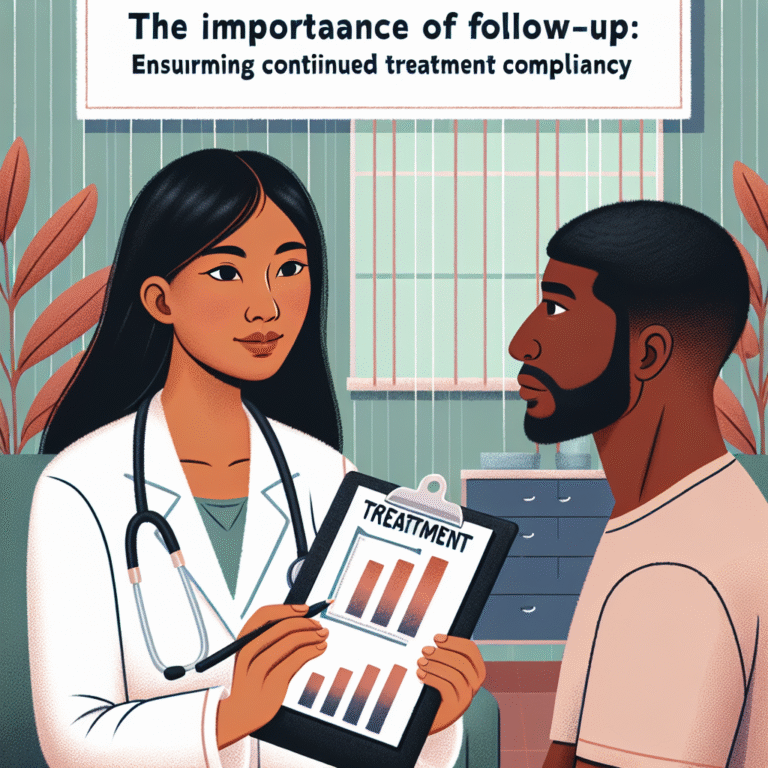
Introduction
When discussing disability, the focus often lands squarely on the physical aspects—the challenges of mobility, daily living, or even the complexities of navigating societal barriers. However, what is often overlooked is the profound influence of mental health within these journeys. The intersection of mental and physical health in disability journeys is not merely an academic topic; it is a crucial framework for understanding how individuals navigate their lives. Recognizing this intersection can lead to holistic approaches that not only improve well-being but also foster resilience.
The journey is unique to each individual, and the implications of mental health on physical disabilities—or vice versa—are pivotal. Many have experienced the vicious cycle wherein poor mental health exacerbates physical conditions, while physical limitations can significantly impact mental well-being. This article will delve into the intricate relationship between mental and physical health in the context of disability journeys, offering unique insights and actionable strategies for individuals, caregivers, and healthcare providers.
Understanding the Dual Spectrum
Mental Health Defined
Mental health encompasses emotional, psychological, and social well-being. It influences how we think, feel, and act, shaping our decision-making processes, coping mechanisms, and relationships. For individuals with disabilities, mental health is often under siege due to societal stigma, isolation, and the continuous challenge of adapting to life’s hurdles.
Physical Disability Explained
Physical disability includes a range of health conditions affecting mobility, dexterity, or bodily function, from chronic illnesses to congenital conditions. These disabilities can lead to restrictions in day-to-day activities and require assistance systems that may not always be readily available or accessible.
The Dual Impact
Studies indicate that individuals with physical disabilities are at a higher risk for experiencing mental health challenges, including depression and anxiety. Conversely, those with mental health conditions may find physical symptoms manifesting, such as chronic pain or psychosomatic disorders.
Case Study: Emily’s Journey
Emily, a 30-year-old woman diagnosed with multiple sclerosis, faced physical limitations that significantly altered her daily routine. Over time, she became increasingly isolated, impacting her mental health. Through therapy and community support, Emily learned strategies to cope with her mental health challenges, demonstrating the importance of addressing both aspects concurrently.
The Vicious Cycle
The intersection of mental and physical health in disability journeys often resembles a vicious cycle. As mental health deteriorates, the motivation for physical activity diminishes, worsening both physical health and mental state. Conversely, physical pain can intensify feelings of hopelessness and despair.
Resilience: A Key Component
Resilience plays a vital role in navigating this intersection. The ability to adapt and bounce back from challenges can improve both mental and physical health outcomes. Techniques to bolster resilience include cultivating a supportive community, practicing mindfulness, and focusing on manageable steps toward achieving personal goals.
Practical Strategies for Integration
Holistic Healthcare Approaches
Integrating mental health services into physical health care can yield significant benefits. Healthcare providers should adopt a holistic framework that encompasses both mental and physical health assessments, ensuring that individuals receive comprehensive care.
Combined Treatment Plans: Coordination between mental health professionals and physical health providers can lead to more cohesive treatment strategies. For example, a patient with chronic pain might benefit from cognitive-behavioral therapy as well as physical rehabilitation.
- Community Engagement: Building connections with community support groups can foster a sense of belonging. These networks can alleviate feelings of isolation and provide emotional backing during difficult times.
The Role of Education
Education surrounding the intersection of mental and physical health is essential. Caregivers and healthcare providers should pursue training on holistic health approaches to better support individuals on their journeys.
Technological Innovations
Technology, such as telehealth platforms, allows for increased accessibility to mental health resources. Online therapy, support groups, and mobile health apps can provide valuable support.
Table 1: Benefits of Telehealth for Individuals with Disabilities
| Benefit | Description |
|---|---|
| Accessibility | Services are available regardless of location. |
| Anonymity | Individuals may feel more comfortable discussing sensitive issues. |
| Flexibility | Scheduling can be tailored to suit personal needs. |
| Cost-Effective | Often reduces travel expenses and time commitment. |
Real-World Applications
Case Study: Jacob’s Integrated Care Journey
Jacob, a 25-year-old man with cerebral palsy, found his social life severely restricted. By incorporating mental health services into his physical rehabilitation, he engaged in teletherapy to address feelings of depression. The result was a noticeable improvement in both his motivation for physical therapy and his overall happiness.
Analysis
Jacob’s story underscores the importance of an integrated care approach. By harmonizing both disciplines, he was able to experience progress on two fronts, illustrating how the intersection of mental and physical health in disability journeys can be successfully navigated.
Fostering Independent Living Skills
Teaching individuals skills that promote independence can enhance both their mental and physical health. This can include:
- Adaptive Technologies: Using devices or applications that aid in daily living.
- Occupational Therapy: Focusing on life skills training, enabling individuals to engage more fully in community activities.
Promoting Mindfulness Practices
Mindfulness can serve as a powerful tool at the intersection of mental and physical health in disability journeys. Practices like meditation can help individuals develop coping skills, reduce stress, and improve overall well-being.
Conclusion
The intersection of mental and physical health in disability journeys is not just a theoretical framework but a real and pressing issue that affects many lives. By recognizing the complex interplay between these two areas, we can foster better health outcomes and improve the quality of life for individuals navigating these paths.
Embracing holistic healthcare approaches, promoting community engagement, and leveraging technology are just a few strategies to aid these journeys. Let us strive to build systems that support the dual needs of individuals, fostering resilience and empowering them to thrive on their journeys.
FAQs
1. How can mental health impact physical health in individuals with disabilities?
Mental health can significantly influence physical health outcomes. Stress, anxiety, and depression can lead to physical symptoms and complications, such as chronic pain or decreased mobility.
2. What are some effective coping strategies for dealing with the intersection of mental and physical health?
Coping strategies include seeking therapy, engaging in supportive communities, practicing mindfulness, and developing resilience through goal-setting and self-advocacy.
3. How can caregivers support individuals at the intersection of mental and physical health?
Caregivers can enhance support by advocating for integrated care, promoting independence, and providing emotional encouragement.
4. What role does technology play in managing mental and physical health?
Technology can improve access to mental health services, offer flexible solutions, and facilitate connections with support networks through online platforms.
5. Why is it important to address both mental and physical health in treatment plans?
Addressing both aspects ensures a well-rounded approach that acknowledges the complexity of an individual’s experience, leading to better overall health outcomes and quality of life.
In closing, let us recognize that the journey through disability does not have to be faced alone; through understanding and fostering the intersection of mental and physical health, we can create inclusive and supportive communities.











